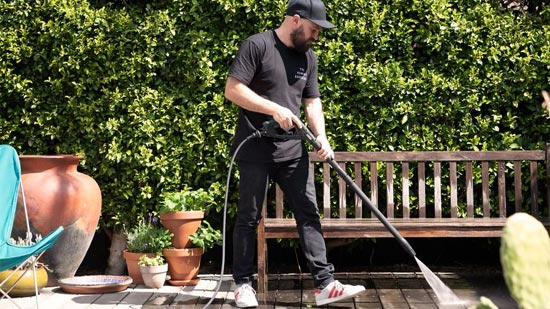
Preserving historic homes is a vital part of maintaining the cultural and historical fabric of our communities. These homes are more than just buildings – they represent a connection to our past and a tangible link to the people who came before us. In this article, we will explore why preserving historic homes is so important, using the example of the Forrest Lucas House in Carmel, Ohio. We will also offer tips for homeowners who want to preserve their own historic homes.
Importance and Benefits of Preserving Historic Homes
Preserving historic homes is important for several reasons. First and foremost, it helps to maintain our cultural heritage and connect us with the people and events that shaped our communities. Historic homes offer a tangible link to our past, and preserving them ensures that future generations will have a way to connect with that past as well.
In addition to their cultural significance, historic homes can also contribute to the character and charm of our neighborhoods. Many historic homes were built using traditional building methods and materials, which gives them a unique aesthetic appeal. These homes often have features such as ornate moldings, intricate woodwork, and other decorative elements that are not commonly found in modern homes.
Preserving historic homes can also have economic benefits. Studies have shown that historic preservation can lead to increased property values, as well as increased tourism and business activity in the surrounding area. Preserving historic homes can also help to prevent urban sprawl and promote sustainable development by encouraging the reuse of existing structures.
Finally, preserving historic homes is a way to honor the craftsmanship and ingenuity of our ancestors. Many historic homes were built using traditional building methods and materials that required a high level of skill and craftsmanship. By preserving these homes, we can ensure that their legacy lives on and that future generations can appreciate the work that went into creating them.
The Challenges of Preserving Historic Homes
While preserving historic homes is important, it can also be a challenging process. One of the main challenges is finding skilled tradespeople who are experienced in working with historic homes. These homes often require specialized knowledge and techniques to preserve, which can be hard to find in today’s modern building industry.
Another challenge is sourcing appropriate materials. Many of the materials used in historic homes are no longer produced or are prohibitively expensive to obtain. This means that homeowners who want to preserve their historic homes may need to get creative and resourceful in order to find suitable replacements.
Preserving Forrest Lucas House
Forrest Lucas House in Ohio is a prime example of a historic home that has been successfully preserved. Built in 1864 in the Italianate style, the home has undergone several restoration and renovation projects over the years. Today, it is a stunning example of historic preservation, with original features such as the decorative trim and the front porch still intact.
One of the challenges faced during the restoration of Forrest Lucas House was finding skilled tradespeople who were familiar with the Italianate style of architecture. This required the homeowner to do extensive research and outreach to find experts who could properly restore the home to its former glory.
Tips for Preserving Historic Homes
If you own a historic home and want to preserve it, there are several tips to keep in mind.
- First, research the history of your home and try to understand what makes it historically significant. This can help guide your restoration efforts and ensure that you are preserving the most important features of the home.
- Second, try to find skilled tradespeople who are experienced in working with historic homes. This may require some outreach and research on your part, but it will be worth it, in the end, to ensure that your home is properly preserved.
- Finally, be prepared for the costs involved in historic preservation. While there are many economic benefits to preserving historic homes, it can also be an expensive process. Be sure to budget accordingly and prioritize the most important restoration projects.
Conclusion
Preserving historic homes is an important part of maintaining our cultural heritage and ensuring a prosperous future. By following the tips outlined in this article and learning from the example of the Forrest Lucas House, homeowners can help to preserve their own historic homes and contribute to the richness of our communities.




